The use of the drip is a device which has art historical implications that are just as significant as painting a figure in a particular style or using a particular symbolic reference.
It may often be presumed as not having a relevance equivalent to other, more historically prescient interventions, however, as painters it is important that we understand where the choices we make have come from in context to this grand historical pursuit we have chosen to follow. It is important that we know the choices previous artists have made and why, thus, through this knowledge we avoid the danger of becoming merely painters of effects, we in turn become a relevant thread in the vast tapestry of this archaic practice.
So to the drip, which I understand made its first significant contribution during the reign of the abstract expressionists in the work of amongst others, Mark Rothko. To this artist, it appears that the drip came to signify the nature of the painting as object. there's an essay by jeffrey weiss titled Dis-Orientation which sets out to proving this hypothesis, i am not personally interested in proving whether it is right of wrong, but am instead interested in why and what effect this has had on artists today. The painting as object argument is important because it signified the artist moving more deliberately than before, away from using the canvas as the foundation for illusions of space. Manet is perhaps significant in this respect because when we look at his figures they are filled with an absence that was unseen before, which in turn I believe (but without any reading to back my theory up) was inspired by the invention of photography. We can see a subtle shift in Manets work that is corrupting the reflexive light of traditional portraiture moving it towards the surface (reflective) light of photography. The drip is a progression of this movement, it acknowledges that it is acting on a surface by moving across it without the hand of the artist to influence it. It does not ascribe to the conventions of tonality, that suggest shape and 3-dimensionality.
For painters working in the figurative realm today, their intention has been to unify the traditional skills of line and trompe l'oueil alongside the leaps in perception that were made during that extraordinary period of fervant creativity between 1850 and 1970. So with the works of Peter Doig, Matthias Weischer, Daniel Richter and others they have taken the drip and exploited its conventions moving it back towards figuration and illusion, in turns complicating and adhering to the preconceptions of the drip as belonging to the realm of the surface.
Our Artwork
Subscribe to:
Post Comments (Atom)


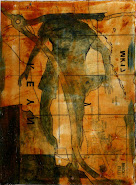

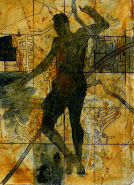

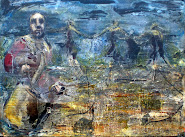

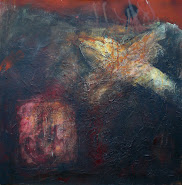

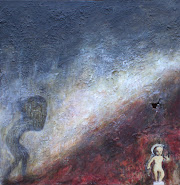

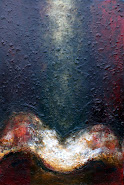

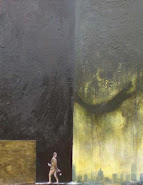



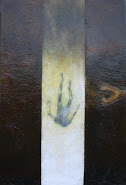





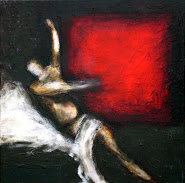


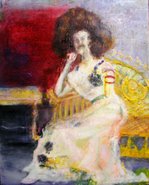
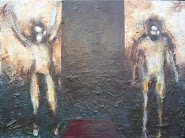


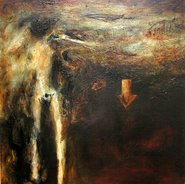
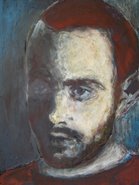
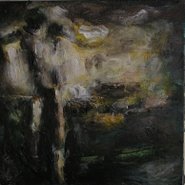
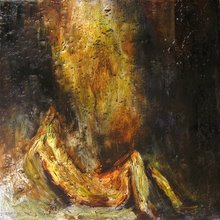
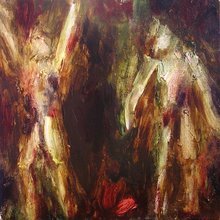
No comments:
Post a Comment